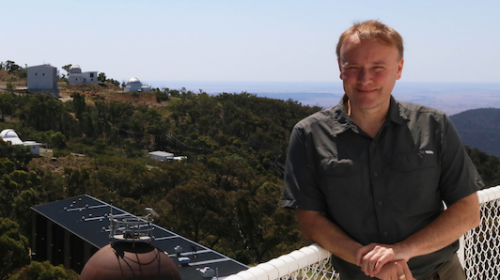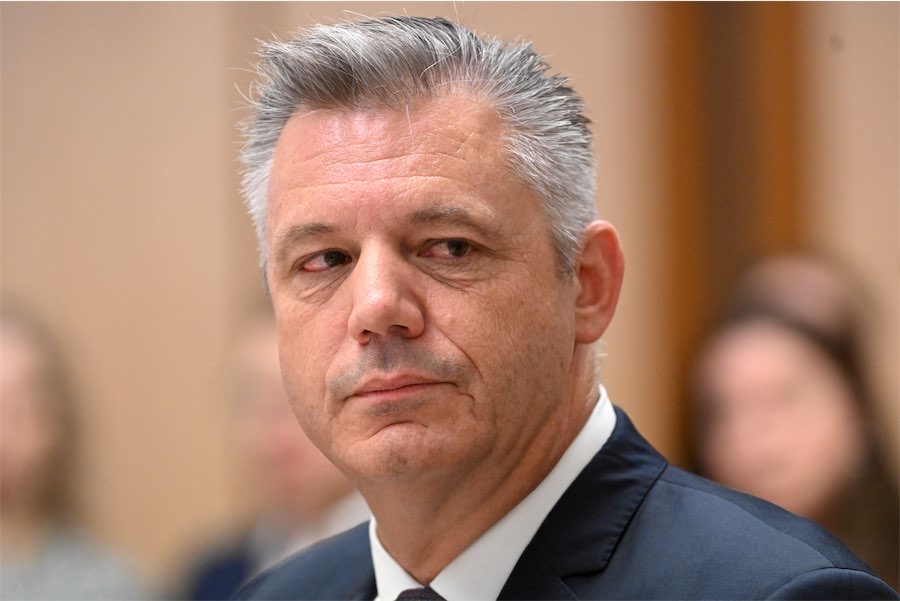
So says astronomer Dr Chris Lidman, who has been appointed the first director of the ANU Siding Spring Observatory, overseeing the operations of more than 50 telescopes.
He was a member of the team that shared the 2011 Nobel Prize for Physics with the team led by ANU vice-chancellor Prof Brian Schmidt, for discovering the accelerating expansion of the Universe. Dr Lidman also shared the 2007 Gruber Cosmology Prize and the 2014 Breakthrough Prize for this research.
The observatory, near Coonabarabran in NSW, is an important site for global astronomy, astrophysics and space science in Australia, and home to the ANU SkyMapper telescope, which is mapping the entire southern sky, and to the ANU-UK Schmidt Telescope, which is taking spectra for two million nearby galaxies and three million bright stars.
The ANU takes over operations for the Anglo-Australian Telescope, Australia’s largest optical telescope and a national facility serving all Australian astronomers, at Siding Spring on July 1.
Director of the ANU Research School of Astronomy and Astrophysics Professor Matthew Colless: “Chris is one of Australia’s leading astronomers and he will ensure Siding Spring Observatory remains Australia’s top observatory and a centre known around the world for its excellence in astronomy.”
Dr Lidman, who completed his PhD at ANU in 1994, is currently head of national facilities support at the Australian Astronomical Observatory.
“Siding Spring is not only a world class observatory, it is a place where we can inspire students to learn, conduct research and become the astronomers of the future,” he said.
He has more than 30,000 citations from 197 research papers and more than 100 other publications and is leading the OzDES program, which is measuring the redshifts for very faint galaxies in which the Dark Energy Survey is finding distant supernovae.
Who can be trusted?
In a world of spin and confusion, there’s never been a more important time to support independent journalism in Canberra.
If you trust our work online and want to enforce the power of independent voices, I invite you to make a small contribution.
Every dollar of support is invested back into our journalism to help keep citynews.com.au strong and free.
Thank you,
Ian Meikle, editor




Leave a Reply